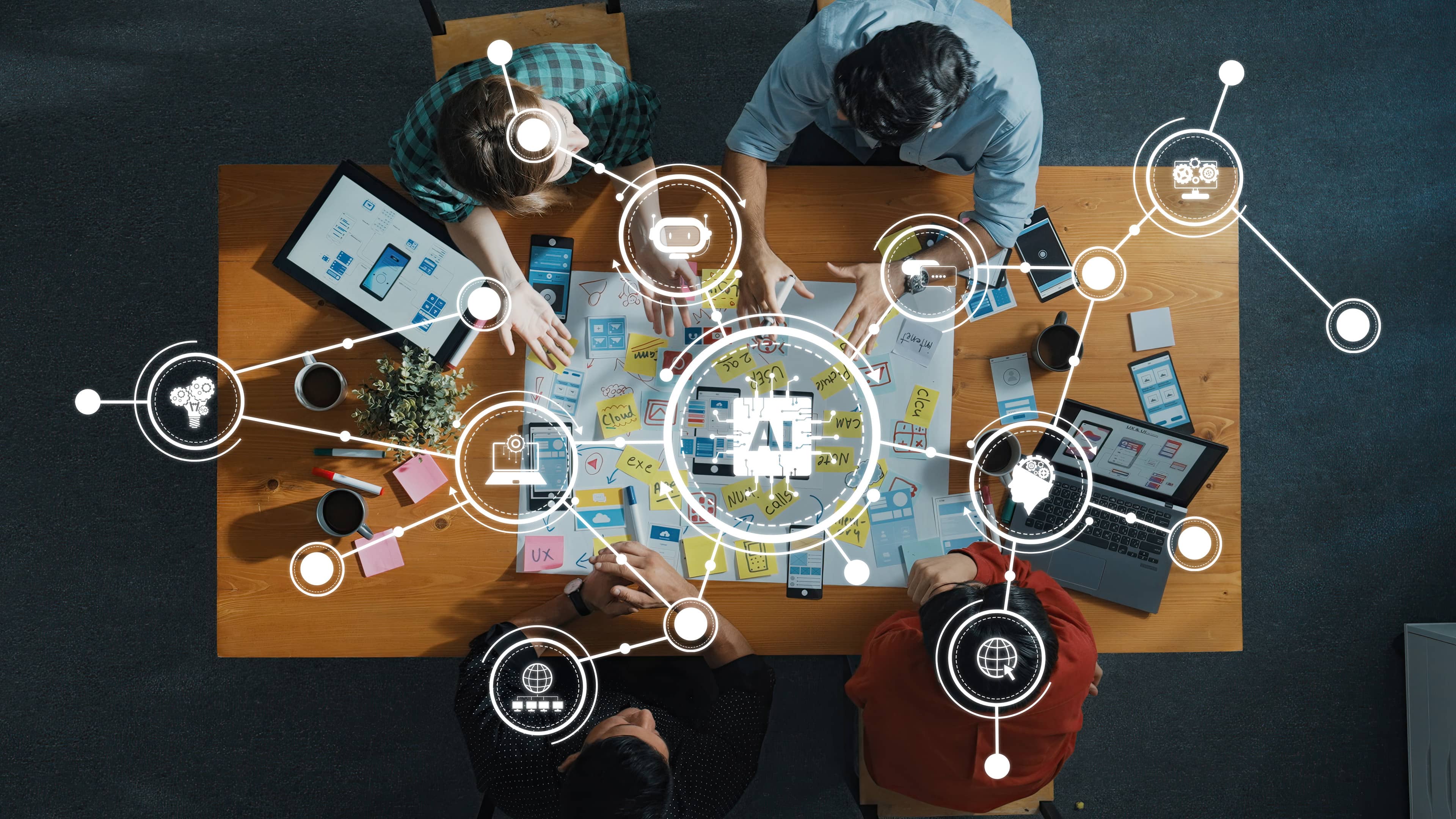AI in Design: A Tool for Creativity and Efficiency.
Discover how AI is transforming the design industry by enhancing creativity and efficiency, and learn about its impact on the creative process.
Date
10/8/2024
Sector
Subject
AI in Design
Article Length
2 minutes

AI for Design.
Share Via:
Artificial Intelligence is transforming industries across the board, and design is no exception. As AI tools continue to evolve, they’re not only reshaping how we approach certain tasks, but also how we think about creativity, problem-solving, and user experience. For many in the design world, AI represents a new chapter—one that promises efficiency, innovation, and a redefined creative process.
At Arch, we see AI as a powerful tool that can complement, rather than replace. The human element, after all, is what defines a product. Jake, one of our talented designers, shared some of his personal insights on this subject. His journey with AI began while he was researching new digital trends and quickly expanded into a deeper exploration of AI’s impact on creativity. Here’s Jake’s take on what AI means for design:
Jake's Perspective: AI as a Tool in the Designer's Toolkit
As a designer, I’ve watched the rise of AI with a mix of intrigue and excitement. My first exposure to it came while researching a client project. I was reading an article about NFTs and their potential to reshape the digital landscape. At the time, I was preparing to design a new website and wanted a better grasp of the subject matter. Little did I know, this would lead me down a rabbit hole that I wasn’t expecting.
In the midst of that research, the idea that AI could become the most significant technological leap since the World Wide Web caught my attention. While my interest in NFTs and blockchain didn’t extend beyond curiosity, I continued to follow AI developments. It’s been incredible to watch how AI has exploded and become part of mainstream consciousness. Everyone, it seems, has heard of AI by now, though there’s still confusion about what it truly is and what it’s capable of. Often, that confusion breeds misconceptions and apprehension.
Like many professionals, I rely on a wide range of tools for my work—everything from pen and paper for sketching, note-taking, and brainstorming, to digital tools like Figma for wireframing, prototyping, and data visualisation. But no matter what tools I use, creativity remains the constant thread throughout my process.
I see AI as another tool in my toolkit, one that can help me achieve specific goals. It can streamline my workflow, make routine tasks more efficient, and free up more of my time for the one thing AI may never master: creativity.
As AI continues to evolve and permeate various aspects of our lives, I believe we’ll see more designers shifting toward areas with a stronger human focus—emphasising experience, accessibility, and inclusivity. And that, I think, will be a positive shift for everyone.